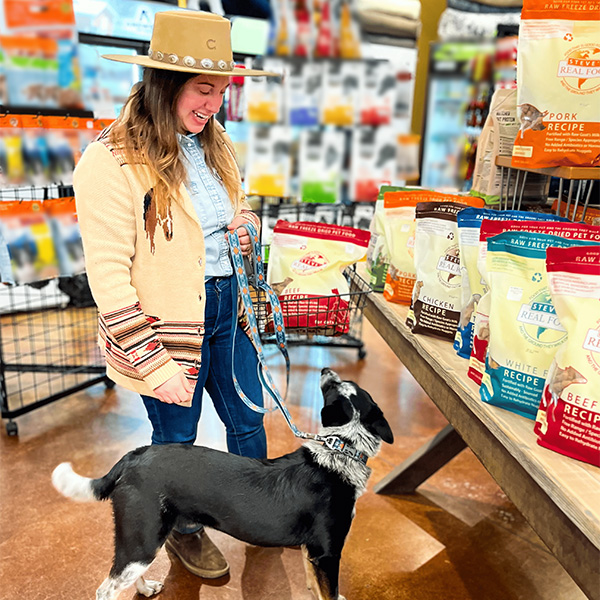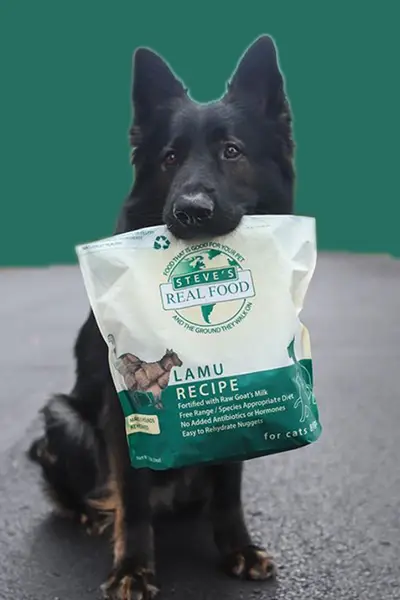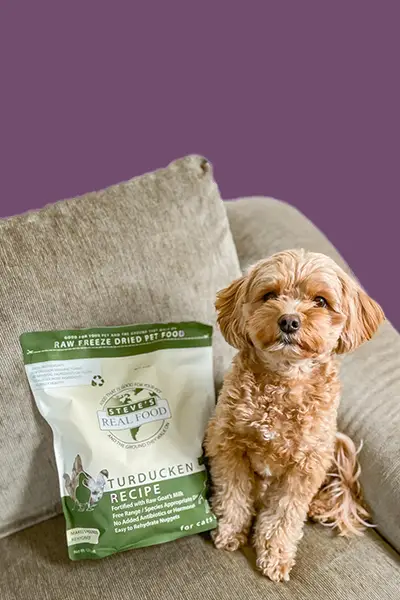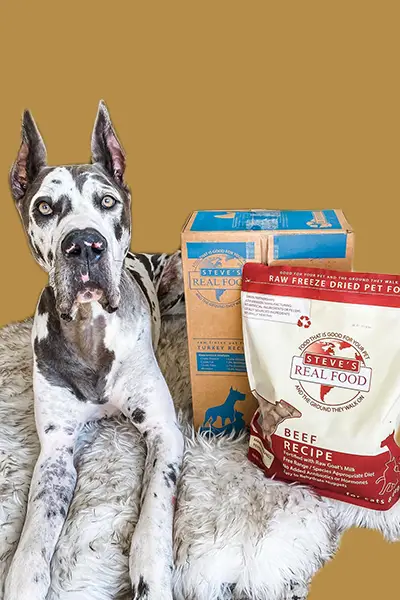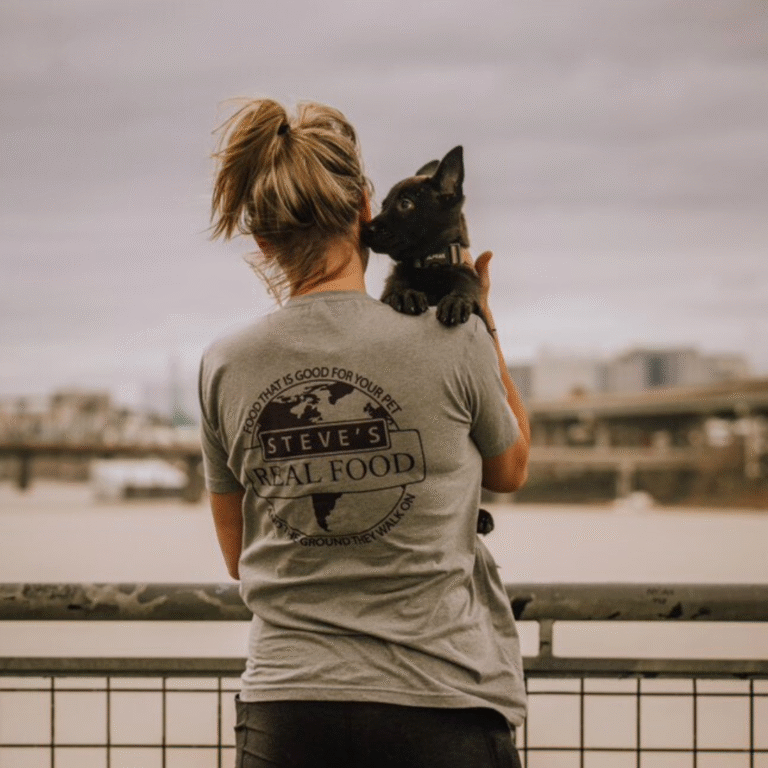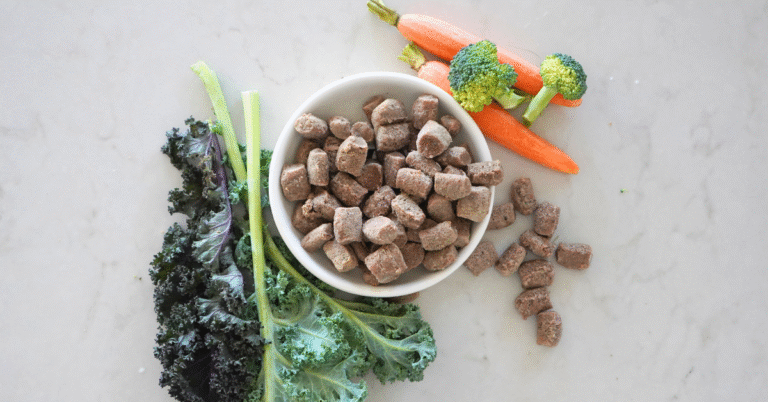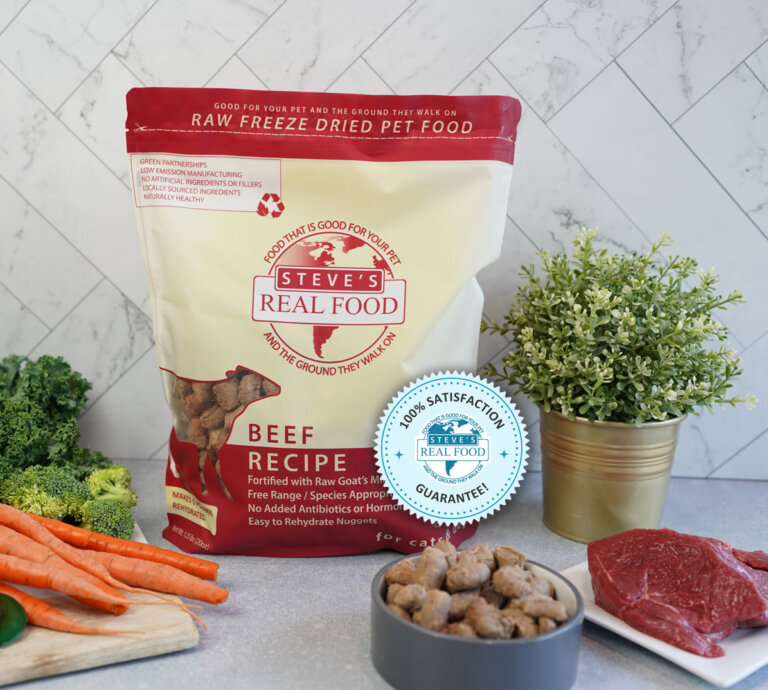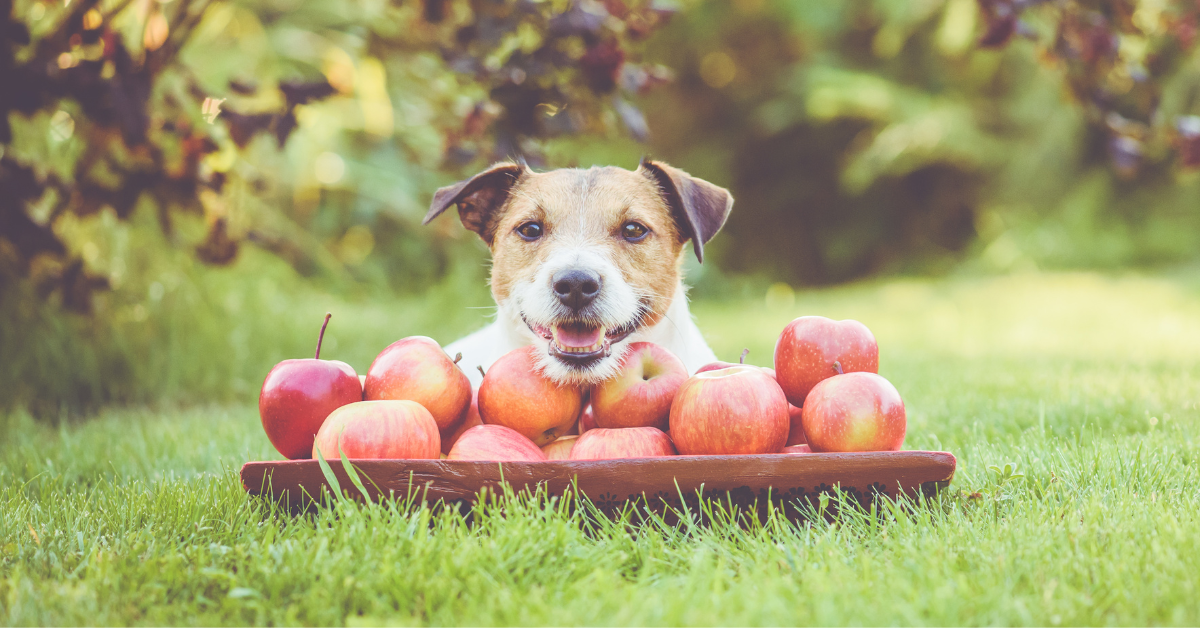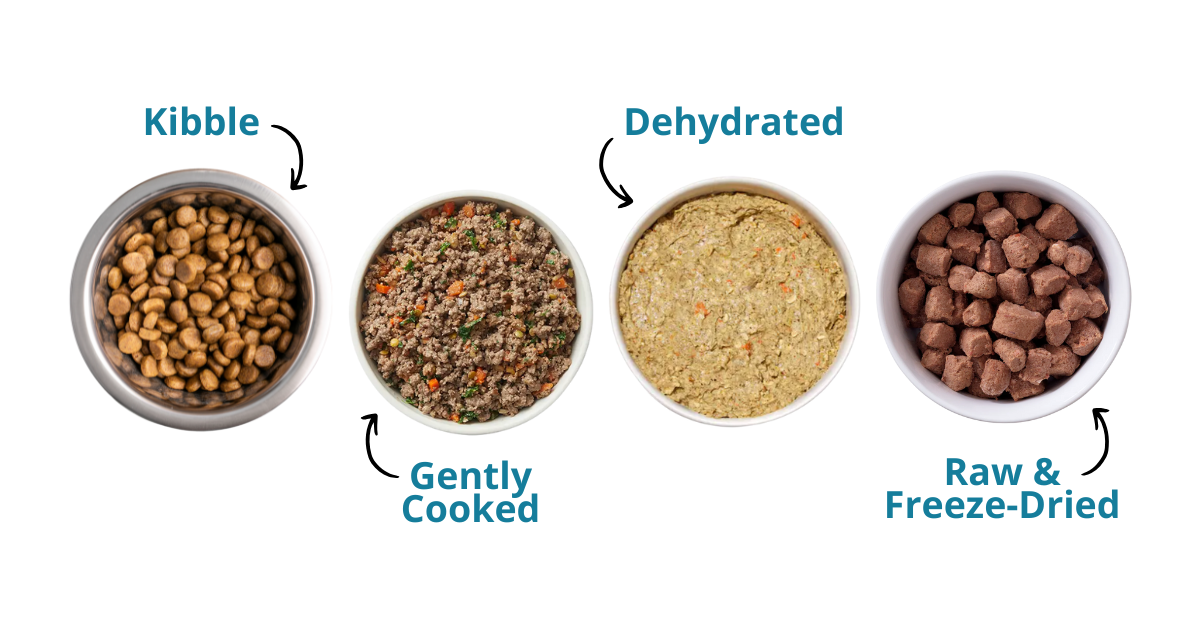Transition Tips for Switching Your Cat to Raw Food
1. Be Patient—Really Patient
Cats may take weeks (or even months) to fully transition. That’s normal. Don’t rush it—consistency and gentle persistence are key.
2. Establish Regular Mealtimes
Free-feeding makes transitioning harder. Instead, feed at scheduled times so your cat is actually hungry during meals, which can increase their willingness to try new foods.
3. Introduce Canned Food First
If your cat has only ever had kibble, a good stepping stone can be high-quality canned food. It helps them get used to the texture and moisture content of raw.
4. Offer Raw Between Meals
Leave small amounts of raw (or canned) food out between regular meal times. Keep kibble restricted to scheduled meals only. If your cat wants a snack, raw is the only option.
5. Never Go Cold Turkey
Do not remove kibble entirely and wait for them to get hungry enough to eat the raw food. Cats can starve themselves, leading to serious and potentially fatal conditions like hepatic lipidosis.
6. Use a Split Meal Strategy
Try offering one meal as their regular food, and one as raw or a mix. It gives them a chance to try something new without going hungry.
7. Experiment with Proteins
Some cats are picky about flavor. Try different proteins—chicken, turkey, or beef—to see which one they’re most interested in.
8. Make It a Game
Hide freeze-dried raw nuggets around the house or in places your cat isn’t usually allowed. Cats love a good “hunt,” and making food feel like a prize can get them more interested.
9. Start with Goat Milk or Bone Broth
These are great transition tools—nutrient-dense, familiar in texture, and often easier for cats to accept than raw meat right away.
10. Serve Food Where They Feel Safe
Feed your cat in a spot they feel secure—near their bed, favorite perch, or even next to their toys. Stress can make cats less likely to try something new.
11. Tempt Their Taste Buds
Some people have success gently placing a small amount of raw food in their cat’s mouth to trigger their taste receptors. This should always be done gently and respectfully—never force it if your cat is panicked.
12. Make Food a Toy
Tie a piece of freeze-dried raw to a string and let your cat bat it around. It gets them to mouth the food and associate it with something positive.
13. Sneak in Tiny Bits
Crush a bit of freeze-dried raw and mix it into kibble in very small amounts. If they don’t notice it, you can slowly increase the amount over time.
Every Cat is Different
Some cats take to raw quickly—especially if they’re young or used to variety in their diet. Others may need creative strategies and months of persistence. The key is to be observant, patient, and flexible.
Whatever path you take, remember this: every cat deserves the best nutrition you can give them. And if it takes a few false starts (or even a temporary return to canned or kibble-based foods to bridge the gap), that’s okay. Progress is progress.
Bonus Tip: Find Your Cat’s Favorite
Sometimes all it takes is one breakthrough. For one cat, it might be freeze-dried chicken. For another, it might be bone broth mixed with canned food. Keep trying, keep experimenting, and celebrate every small victory. Your cat’s health is worth the effort.
 Beef
Beef Chicken
Chicken Whitefish
Whitefish Pork
Pork Lamb
Lamb Turkey
Turkey Turducken
Turducken All Protein
All Protein Beef
Beef Chicken
Chicken White Fish
White Fish Pork
Pork Lamb
Lamb Turkey
Turkey Duck
Duck All Products
All Products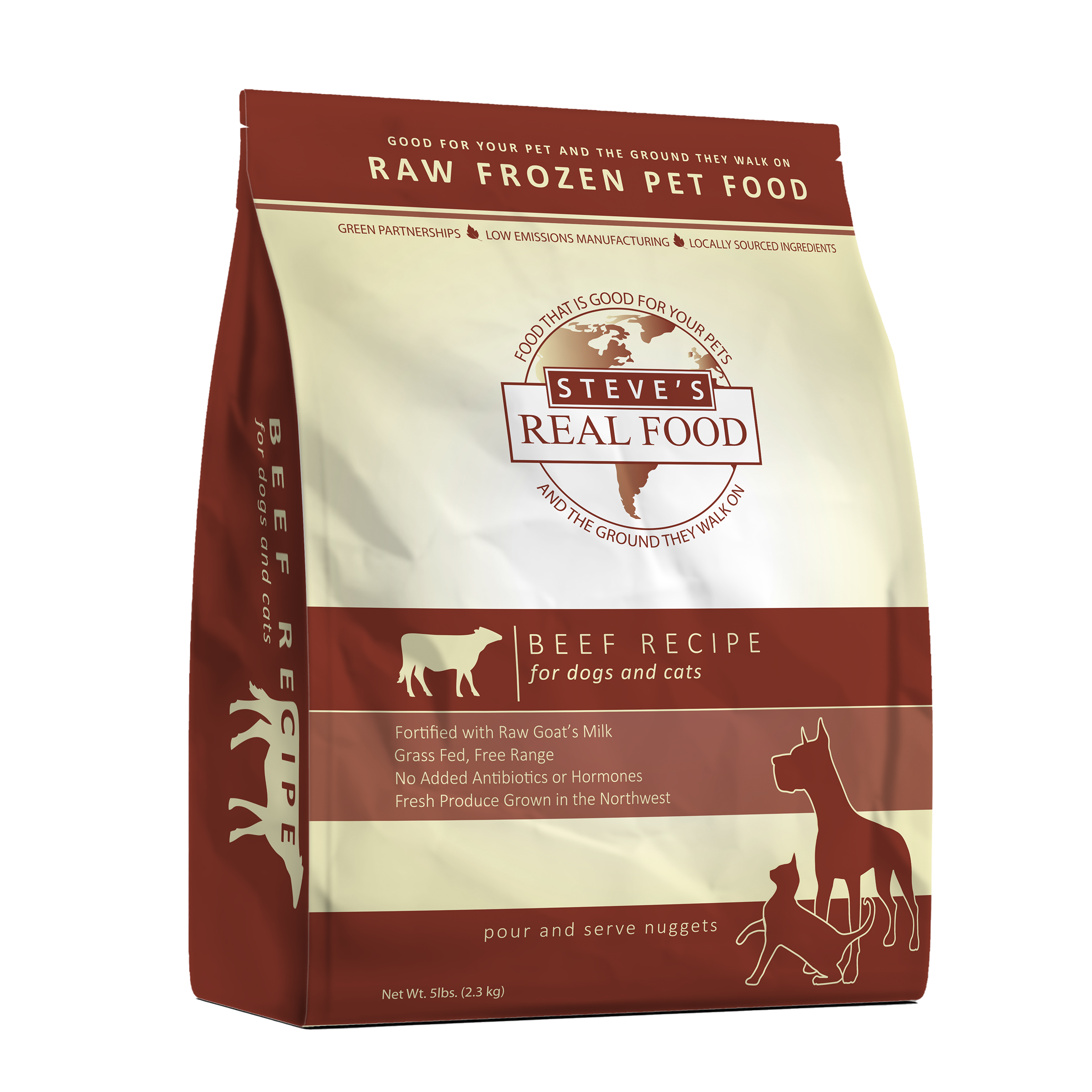 Frozen Raw Pet Food
Frozen Raw Pet Food
 Freeze Dried Raw Pet Food
Freeze Dried Raw Pet Food
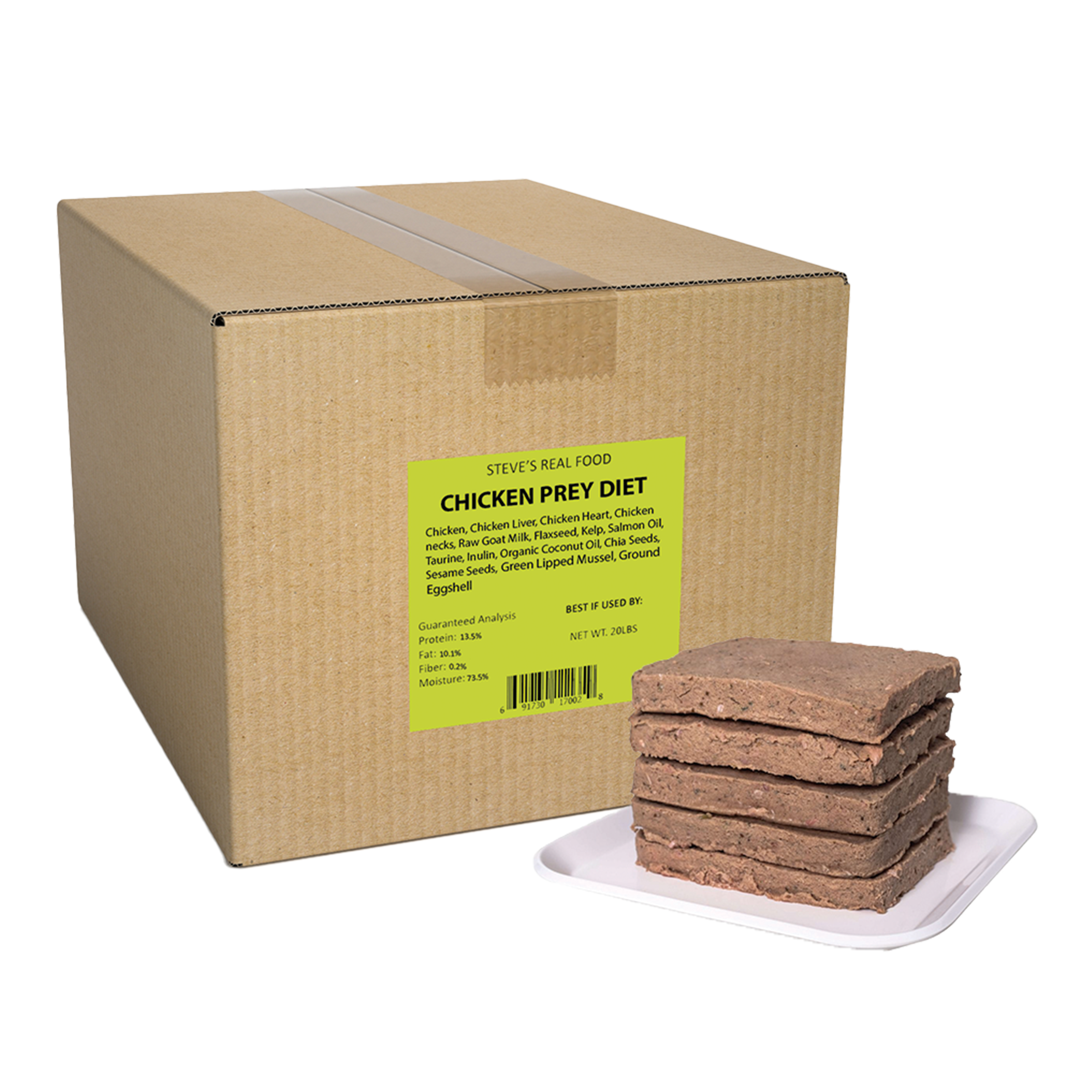 Frozen Prey Diet
Frozen Prey Diet
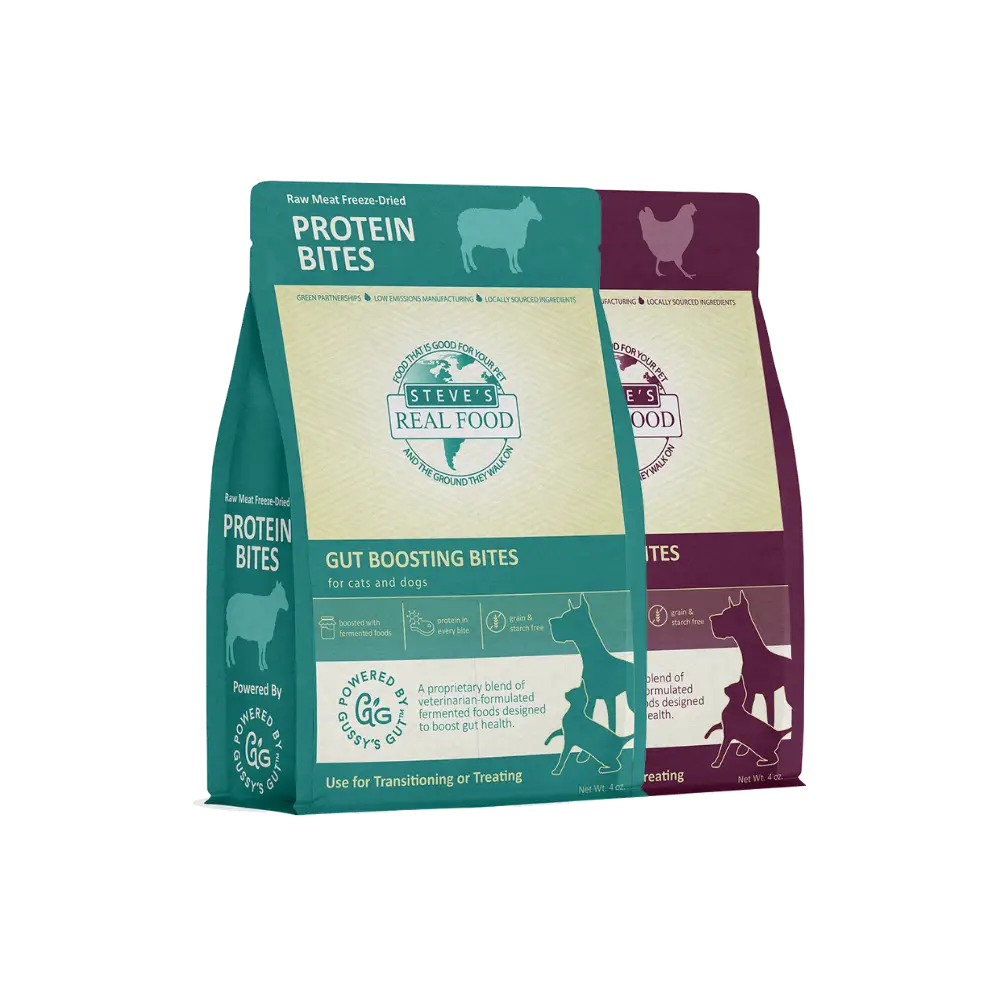 Freeze Dried Protein Bites
Freeze Dried Protein Bites
 Frozen Quest
Frozen Quest
 Freeze Dried Quest
Freeze Dried Quest
 Eggs over Easy
Eggs over Easy
 Steve's Merch
Steve's Merch 